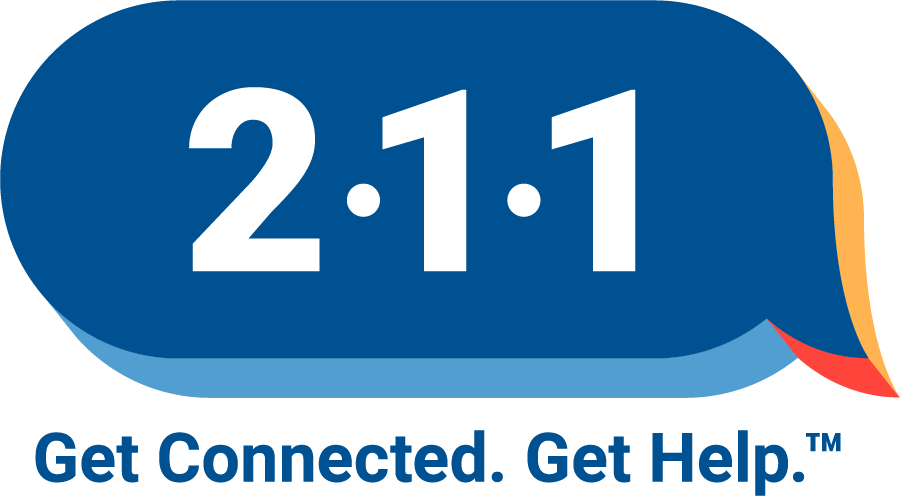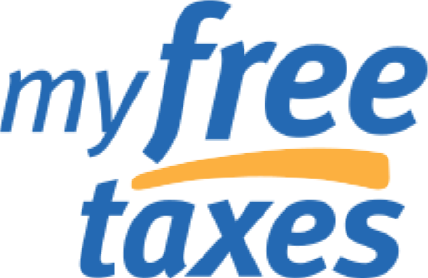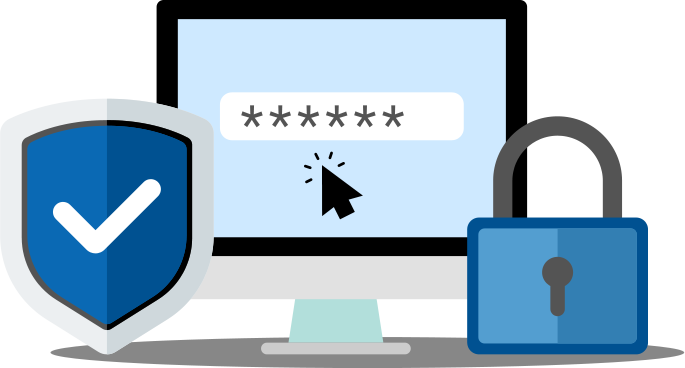Digital Divide Coalition Calls-Out ISPs and Government Officials, and Issues 10-Part Call-To-Action
50 Member Coalition Calls on California’s Leaders to Address the Digital Divide as a Constitutional Crisis and Demand Transparency and Accountability from Internet Service Providers
Organizations Across the State Demand Specific Changes to Private Sector Practices and Public Sector Policies to Connect Every Student In Every Community to Distance Learning, but Caution That Those Who Live in Once Redlined Communities, and Those in “Last Mile” Areas Face Additional Barriers
#DigitalRedlining #DistanceLearning #StudentsRights
[LOS ANGELES, CA] – As students across the Golden State commence the 2020-21 academic year in a near 100 percent distance learning environment, a statewide coalition of 50 education-mission-driven organizations is making direct calls to action to both Internet Service Providers (ISPs) and elected officials.
In a letter addressed to Governor Newsom, Superintendent Thurmond, Senator Leyva, and key lawmakers; the coalition spells-out how ISPs, local education agencies, and decision-makers in the public and private sectors can and should rectify the status quo, and identifies specific policies and practices that should be introduced, as well as ones that must be abolished. For example, the letter illustrates how the free- and reduced-price school meals program already in place can and should serve as a vehicle to connect low-income households without delay. No further action should be required on the part of any student or caregiver for a home Internet connection and hardware to arrive in that student’s hands.
When school buildings closed last Spring as a result of the COVID-19 global pandemic, Governor Newsom pledged significant sums of money so thousands upon thousands of California’s students could take part in distance learning – sums that have grown as the number of students without reliable Internet has become more clear. At the same time, State Superintendent of Public Instruction Tony Thurmond and California State Senator Connie Leyva convened a “Closing the Digital Divide Task Force” to respond to the immediate learning needs of millions of students as classrooms closed and schools were expected to shift to distance learning nearly overnight.
As the pandemic continued and the Task Force dug into the issues, it became clear that there needed to be a special focus on low-income students. Yet, ISPs failed to meet the unprecedented need for connectivity in our state’s most historically underserved communities. As an example, a major school district took swift and decisive action to ensure that its students would be able to get online before the end of the 2019-20 academic school year. The ISP they tapped signed a contract with a price tag of $100 million in taxpayer dollars to bridge the digital divide for students districtwide. That ISP gained the public relations benefits that came from short term offers of free- or low-cost internet, but still failed to get every student online.
Coalition members address inadequacies in how ISPs disproportionately fail to serve students and families below the poverty line. Stephanie Hernandez, Manager of Parent Leadership and Organizing for the Partnership for Los Angeles Schools, says: “ISPs make parents jump through hoops, run credit checks on them, inadequately serve those without Social Security Numbers, and write fees and penalties into small print offers that would be considered inappropriate in the best of times. No ISP should force a mandatory 90-day disconnection period on a family who cannot afford to pay what they were paying for Internet pre-COVID. And No ISP should be allowed to send a parent living in poverty a $600 bill during a pandemic.”
Adds Hernandez: “ISPs got lots of great press based on the fact that they repackaged their standard promotional offers as ‘COVID distance learning’ packages. But the offers have evaporated, distance learning is the new norm, and school starts this week. Until ISPs connect all low-income families with high-speed internet service, they don’t deserve the accolades.”
The coalition’s letter stresses that a lack of transparency and accountability has led to an imprecise and incomplete connectivity map. While it might be convenient for those whose feet are currently being held to the fire to report high rates of “access” based on “coverage” by geographic plot point – a misdirection away from tracking connectivity on a user-by-user basis – low-income households with more than one student are incapable of participating in distance learning due to limited data and speed or holes in the network where hotspots are not able to get students online. Further, the coalition’s letter notes that neither the services and systems that ISPs presently manage nor the forms of resourcing and regulation government offices presently offer can fully bridge the digital divide. Innovation and transformation will be required.
“If instead of struggling to get online, our children and youth had no food, this would be treated as an all-hands-on-deck emergency. The public, private, and nonprofit sectors at every level would step-up. We would all feel ownership of the problem. We would all want to preside over its solution. Well, education is a fundamental right under the California Constitution. And students who cannot get their education during this pandemic are having their rights denied. Every stakeholder can and should meet the gravity of this crisis,” explains Anna Hasselblad, Policy Director for United Ways of California.
“Distance learning is segregated: Some had top-of-the-line broadband connections before COVID-19; others had and still have nonexistent or unreliable Internet connections – even though there is no other way to safely participate in schooling. Black students, Indigenous students, students of color, English language learners, children living in poverty, are the least likely to have broadband; the least likely to have a laptop or desktop computer. We call it the ‘digital divide’ when we should call it ‘separate but equal education 2.0.’ It is the embodiment of the brutal inequities of institutionalized racism and systematic discrimination,” she adds.
The same city blocks in which government policies and private sector practices prevented the accumulation of wealth via redlining are the ones where households currently experience the worst rates of connectivity. This is vital to understand. The actual number of rural addresses that cannot get online through the home Internet infrastructure cannot be verified. That’s because whether we are talking about major metropolitan areas or sparsely populated areas, detailed information about broadband dead-spots and service levels is either privately held or unavailable. That is why – among the many other things we need to do right away – we must document the experiences of students and their families and use this data to determine where reliable connections exist and where they do not,” Hasselblad concludes.
###



